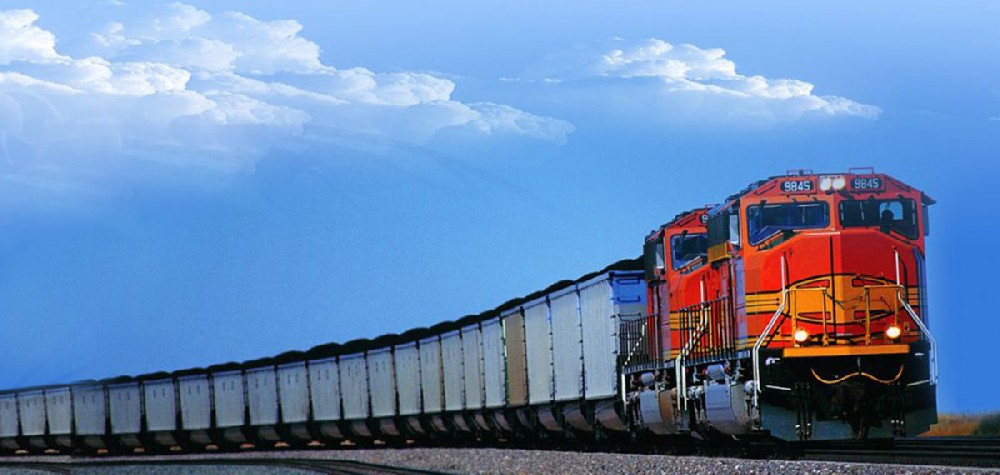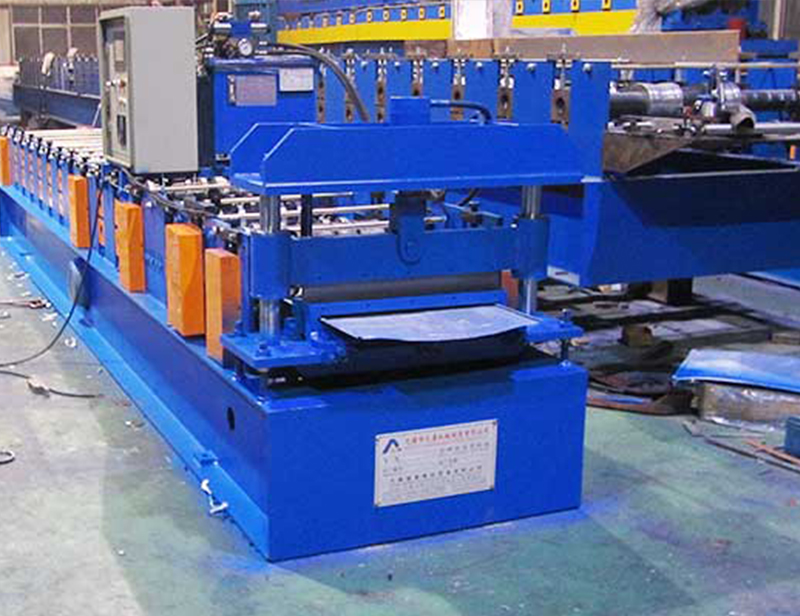Navigation Menu
Contact Us
- Email:
- info@wxavatar.com
- Address:
- Yurong Village, Yuqi Street, Huishan District, Wuxi, China.
Release Date:Jun 14, 2025 Visit:30 Source:Roll Forming Machine Factory
Highway safety has always been a critical concern for transportation departments and road users. Among the many safety features on highways, guardrails play an essential role in minimizing the impact of accidents. In recent years, there has been growing interest in whether improving guardrail design and materials could contribute to reducing highway fatalities.

The Role of Guardrails in Road Safety
Guardrails are installed along highways to prevent vehicles from leaving the roadway, especially in areas where there are steep slopes, curves, or obstacles like trees and poles. They act as a physical barrier that absorbs and redirects the energy from a collision, helping to keep vehicles on the road or guide them to a safer stop.
Traditional guardrails have proven effective in many situations, but as traffic volumes increase and vehicle types diversify, some guardrails may not fully meet current safety demands. This has led to the development and testing of improved guardrail systems.
How Improved Guardrails Make a Difference
Modern guardrails are being designed with advanced materials and improved energy-absorbing structures. Some updated features include:
Enhanced impact performance: Newer designs can better manage the force of high-speed impacts, reducing the risk of severe vehicle damage or rollover.
Better adaptability to different vehicle sizes: Modern systems can accommodate both small passenger cars and larger trucks, offering more consistent protection across various crash scenarios.
Reduced risk of vehicle penetration: Upgraded guardrails are engineered to prevent vehicles from breaching the barrier, which can significantly lower the chances of serious injuries.
Factors Influencing Guardrail Effectiveness
While improved guardrails can contribute to safer roads, their effectiveness also depends on several factors:
Proper installation and maintenance: Even the best-designed guardrail may not function as intended if it is poorly installed or not regularly inspected.
Road conditions and layout: Guardrails need to be carefully positioned to match road curves, slopes, and surrounding environments to provide optimal protection.
Vehicle speed and driver behavior: Guardrails are a last line of defense. Safe driving practices and appropriate speed limits are essential in preventing accidents in the first place.
Ongoing Studies and Industry Adjustments
Many transportation agencies and safety researchers continue to study guardrail performance to identify areas for improvement. Field tests, crash simulations, and real-world accident data are all used to develop guardrails that offer better protection without creating new hazards.
Some regions have already started to replace older guardrails with updated systems, reflecting a broader effort to enhance highway safety infrastructure.

Conclusion
Improving guardrail technology can play an important role in reducing highway fatalities by providing stronger and more adaptable barriers. However, to achieve meaningful safety improvements, these upgrades need to be combined with proper installation, regular maintenance, and driver awareness. Continued research and collaboration between manufacturers and transportation authorities will be key in advancing highway safety for all road users.